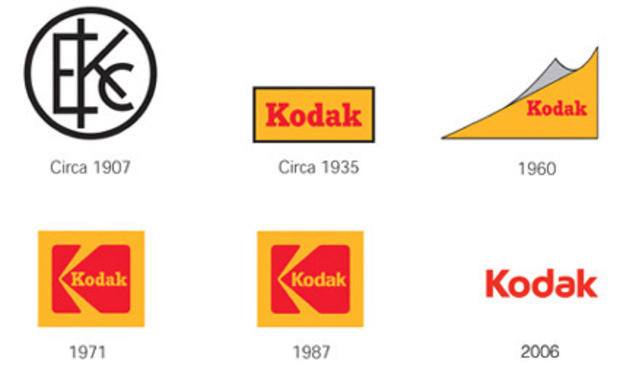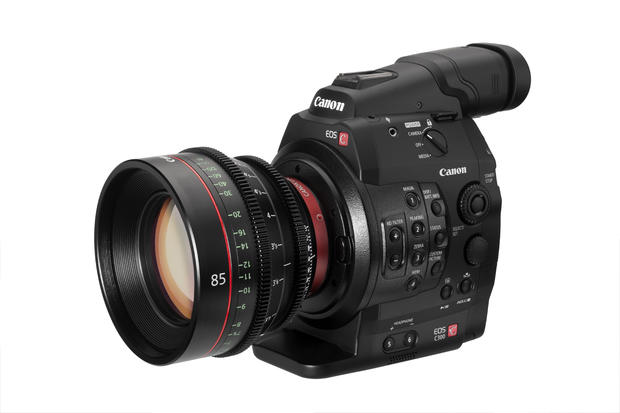New casualties in the tech revolution
It's sad but unsurprising that Kodak appears headed for bankruptcy protection. And that should be a cautionary tale for camera industry powers that might think themselves better off.
Kodak, a technology titan from an earlier industrial age, has been struggling financially for years as digital photography killed Kodak's former cash cow, film. Bankruptcy protection, as reported yesterday in the Wall Street Journal, could open the door to some otherwise difficult options such as evading its pension obligations.
But fundamentally, it's hard to see Kodak surviving except as a shadow of its former self. Some technology bright spots--digital cameras that emphasize social sharing, inkjet printers with cheaper ink, drugstore kiosks for quick photo printing--aren't enough to sustain what was once a globally recognized brand.
The company has been eating the seed corn, too. It sold its high-end Leaf camera and software business to Phase One, sold its image-sensor design and manufacturing business to Platinum Equity in November, and is trying to raise cash by selling its digital imaging patent portfolio.
A third-quarter loss of $222 million showed the seriousness of the company's problems. Because its stock has dropped below $1 for 30 days, the EK ticker symbol could be ignominiously booted from the New York Stock Exchange.
It's surely easy for those at better-situated companies to feel a combination of pity and scorn for Kodak. But I'd suggest they should also feel some worry.
That's because the microprocessor is nowhere near done remaking the photography industry. There's plenty more room for creative destruction, the incessant overhaul of businesses that's often unpleasant for those trampled by change.
Several big changes that threaten even powerful incumbents:
• Developments in image sensors, lenses, and image processing means that mobile phones are ever more useful as cameras. That means phones will gradually replace dedicated cameras, especially point-and-shoots. The iPhone 4 and 4S are signal examples; the former tops Flickr's camera usage chart.
• Developments in smartphones and wireless networking have freed digital photos from the flash cards and hard drives. People now share their photos instantly from phones, gussying the photos up with software such as Instagram and using sites such as Facebook that capitalize on the fact that many photos are essentially a form of communication. In comparison, the relatively few cameras with networking abilities usually have only Wi-Fi that can't compete with mobile phone network coverage.
• Compact interchangeable-lens cameras (ILCs) that lack the internal mirror of traditional SLR cameras are steadily improving and could eat into digital SLR sales. Trey Ratcliff, a photographer who uses a Nikon D3X SLR that costs north of $7,000 even without any lenses, just declared SLRs to be "a dying breed." That's probably a bit strong, especially given the current shortcomings and high prices of this new breed of camera, but they do appear destined for success. And electronics companies such as Panasonic and Sony that seemed to find SLRs an awkward market to crack seem much more at home with these more electronic devices.
• More and more of what happens with a photo takes place after the image sensor does the first work. Software and Web sites for editing, cataloging, printing, and sharing photos are increasingly important, and people pay a lot of money for that technology. Camera makers are at best laggards in these areas of photography.
• In the longer run, more radical changes such as Lytro's light-field camera could rewrite camera rules even more dramatically by moving away from optical engineering of lens design to the software engineering of computational photography. Lytro has plenty of challenges, but image processing to correct lens problems such as barrel distortion is already a reality, and image processing power will progress faster than lens design.
There are plenty of other changes afoot, too--high-speed cameras, 3D cameras, new image sensor designs. Cameras are spreading farther afield, too, with videoconferencing and video chat becoming downright ordinary, cars using them for making it easier to reverse, industrial robots relying on them in manufacturing, and face recognition being used to unlock Google's latest Android phone.
The speed of technological change makes the challenge particularly acute. Yesterday's technology innovator--Research In Motion and Yahoo, for example--can quickly become today's also-ran when somebody comes up with a new recipe for technology success. Even those with a strong business--Microsoft and Intel, for example--struggle to adjust to changes such as those Apple is spurring with the iPhone and iPad.
Camera makers are certainly not complacent. For example, the giant of the industry, Canon, successfully carved a new video niche in cinema circles after introducing its 5D Mark II SLR more than three years ago. And it's following up with the C300, a cine-specific videocamera, that has some potential to disrupt the status quo with features such as low-light performance and compatibility with the tremendous variety of relatively inexpensive SLR lenses.
And the other traditional camera makers besides Canon have adopted mirrorless ILCs, evidently concluding that they'd rather cannibalize their own SLR sales than let another company get the revenue. (Given the price of these compact models, I wouldn't be surprised if they're more profitable--they have fewer components, though doubtless they're absorbing more than their fare share of marketing and R&D expenses.)
I believe there will always be a market for dedicated camera market for enthusiasts such as myself who prefer image quality over a cell phone camera's convenience or an ILC's compactness.
How big a market that is, though, is uncertain, especially as newer cameras' drawbacks in image quality, autofocus performance, and price gradually recede. And I expect it won't be where much of the growth is taking place.
Thus, I'm not at all sanguine that Kodak will be the last casualty of the digital photography revolution.


